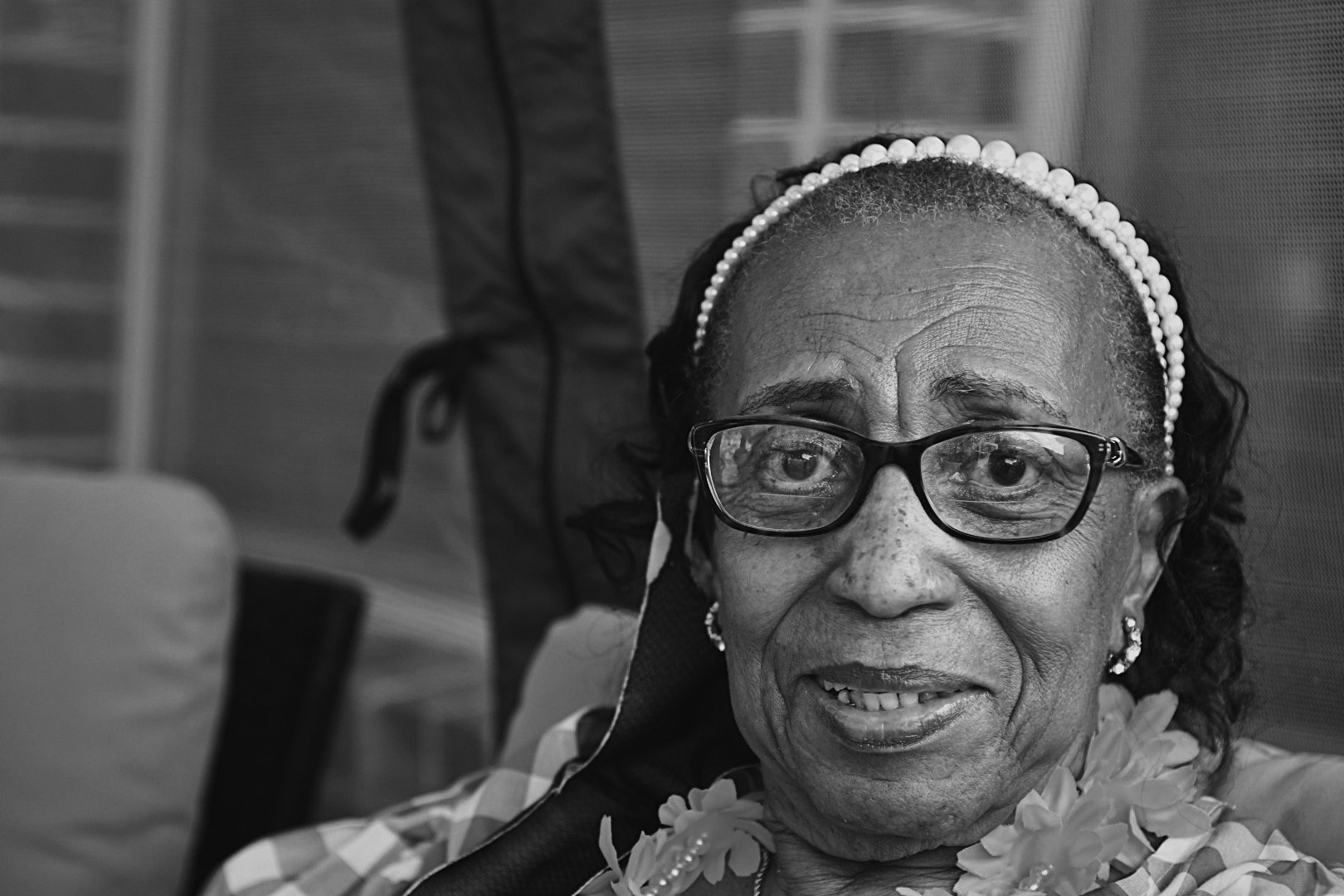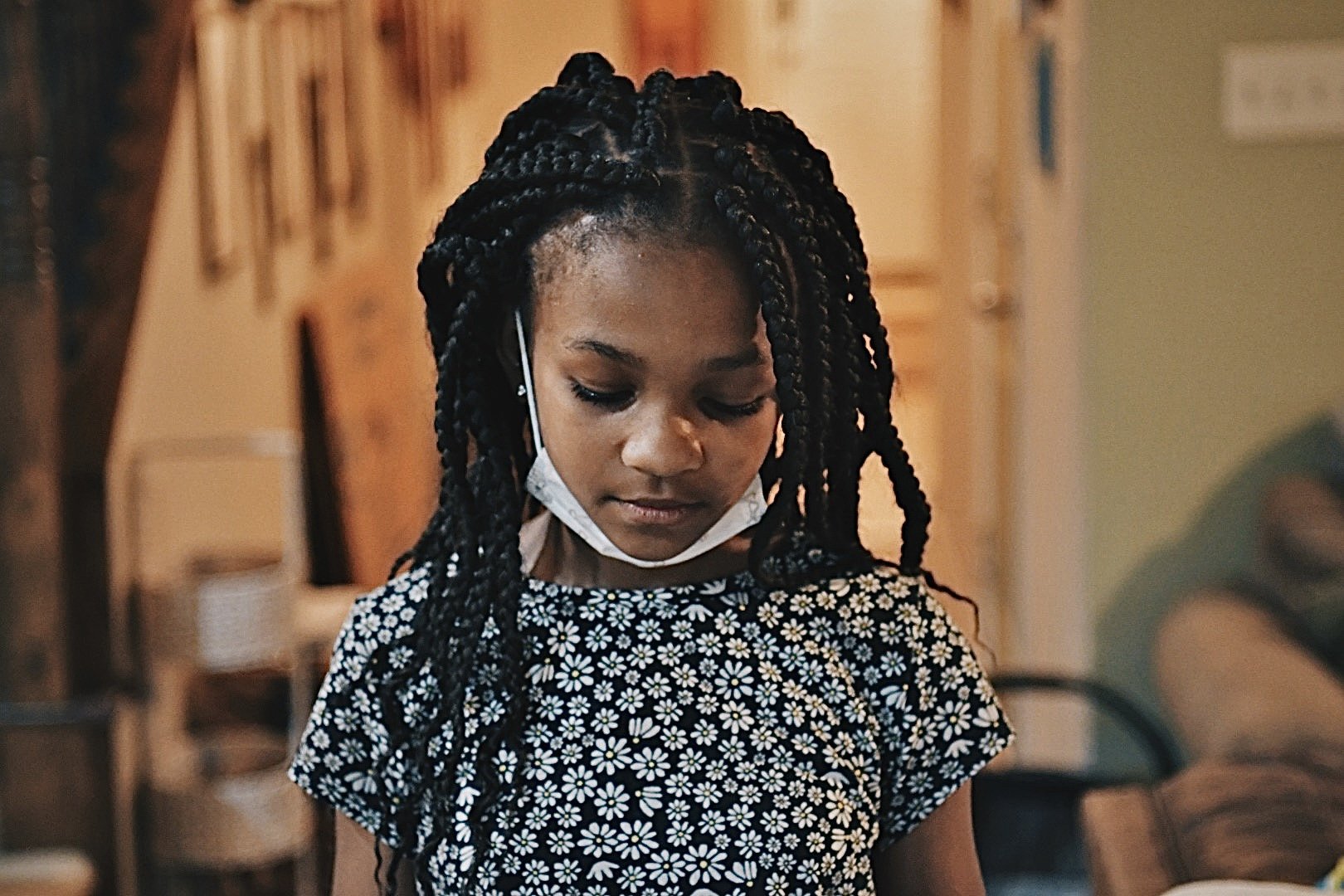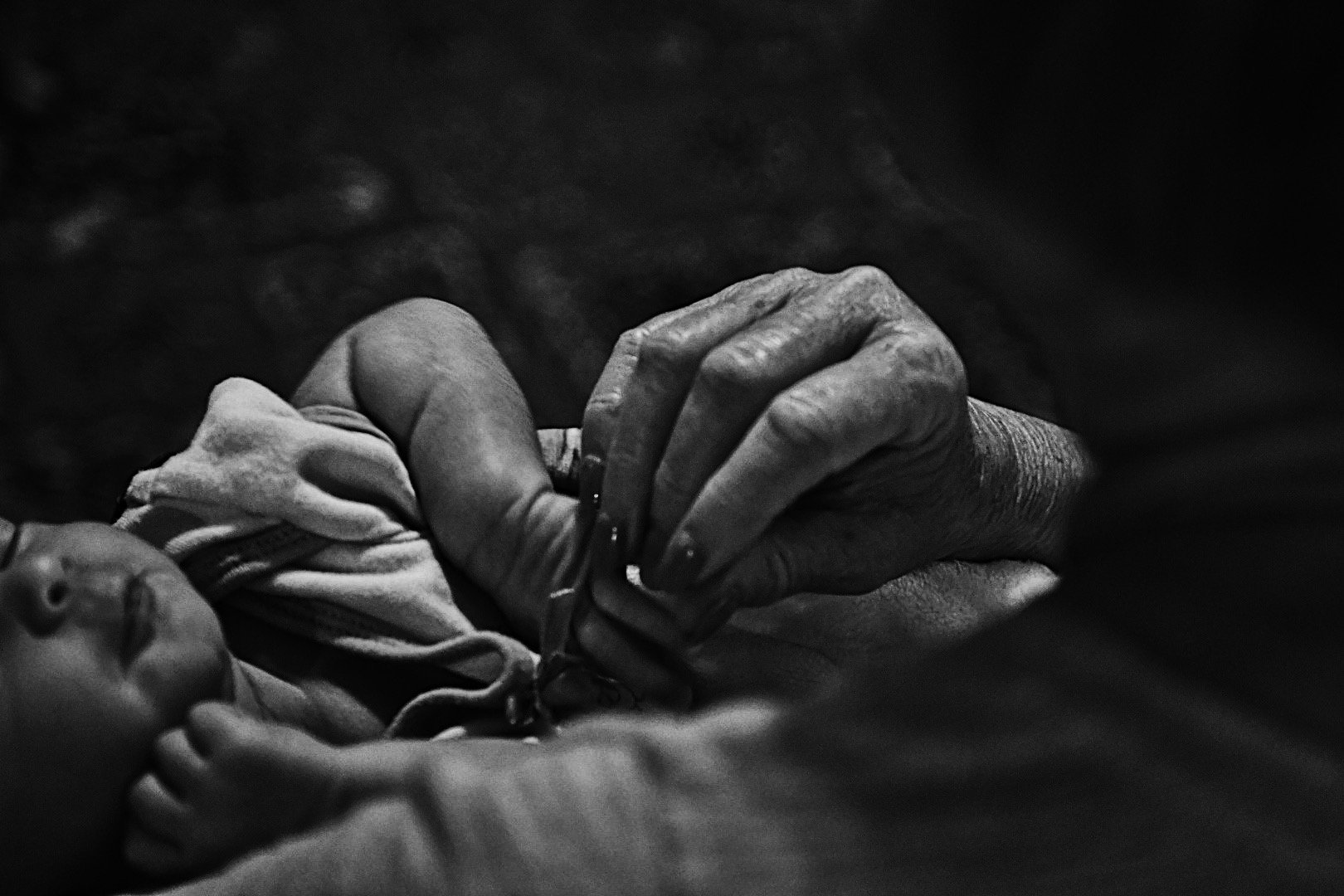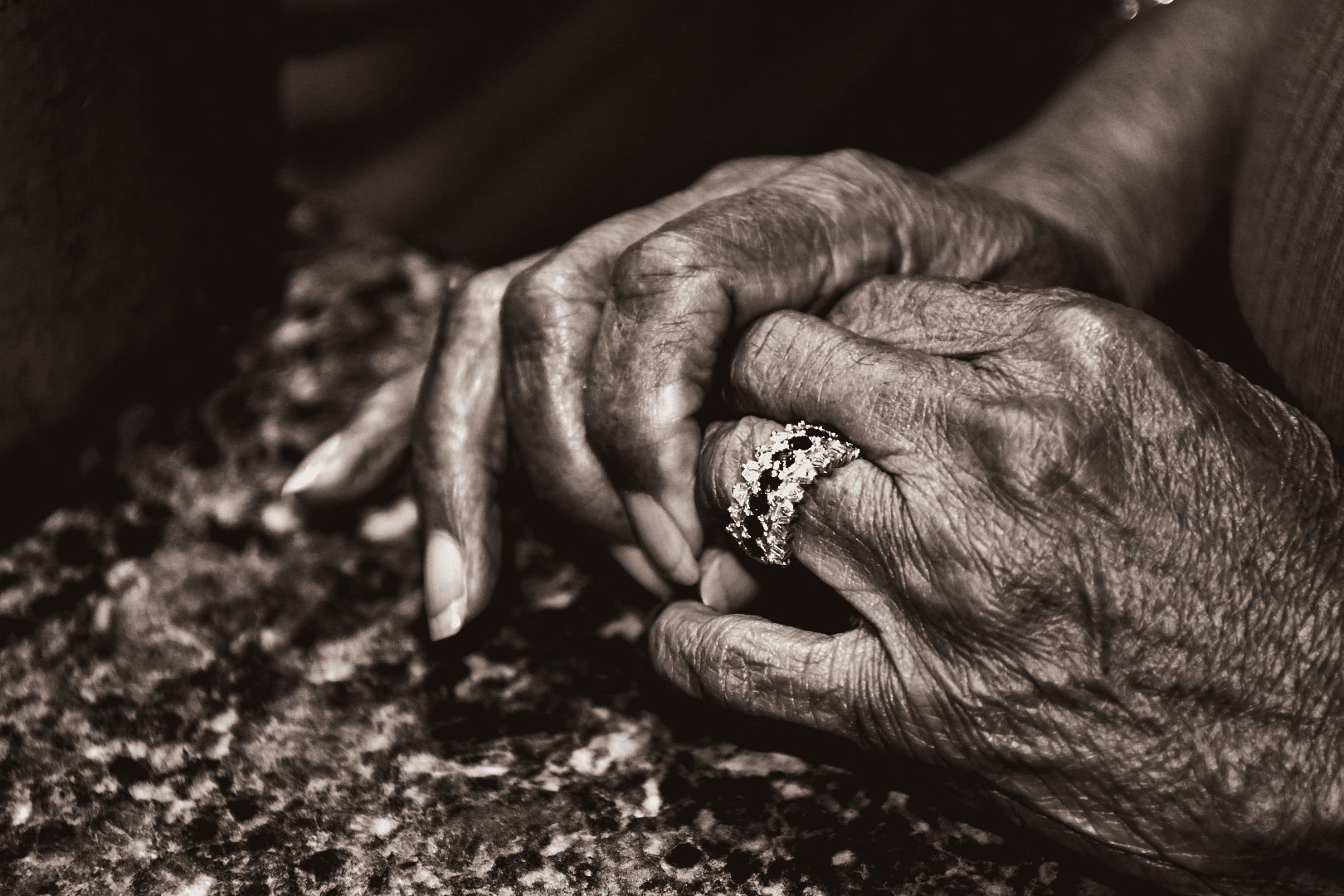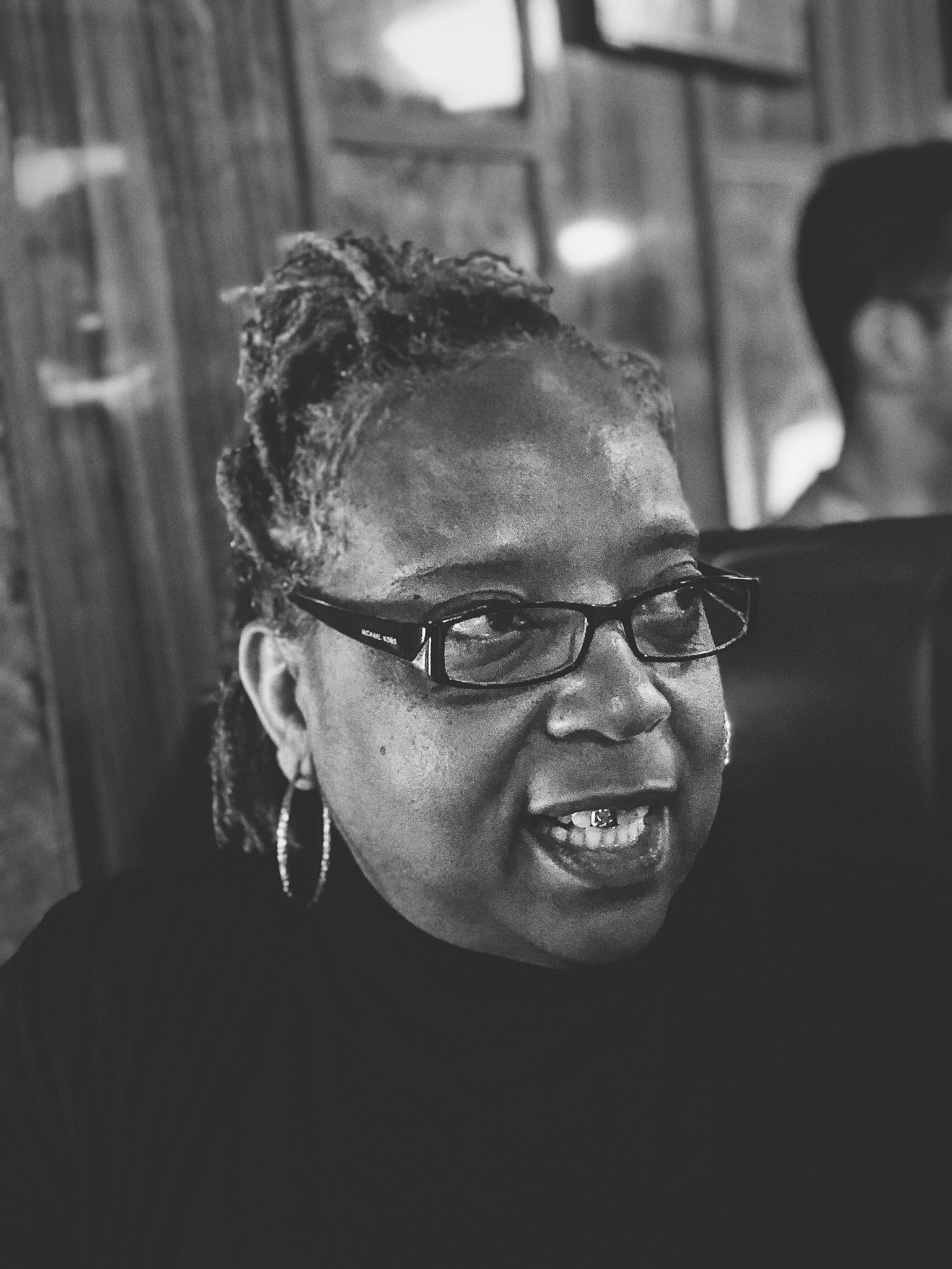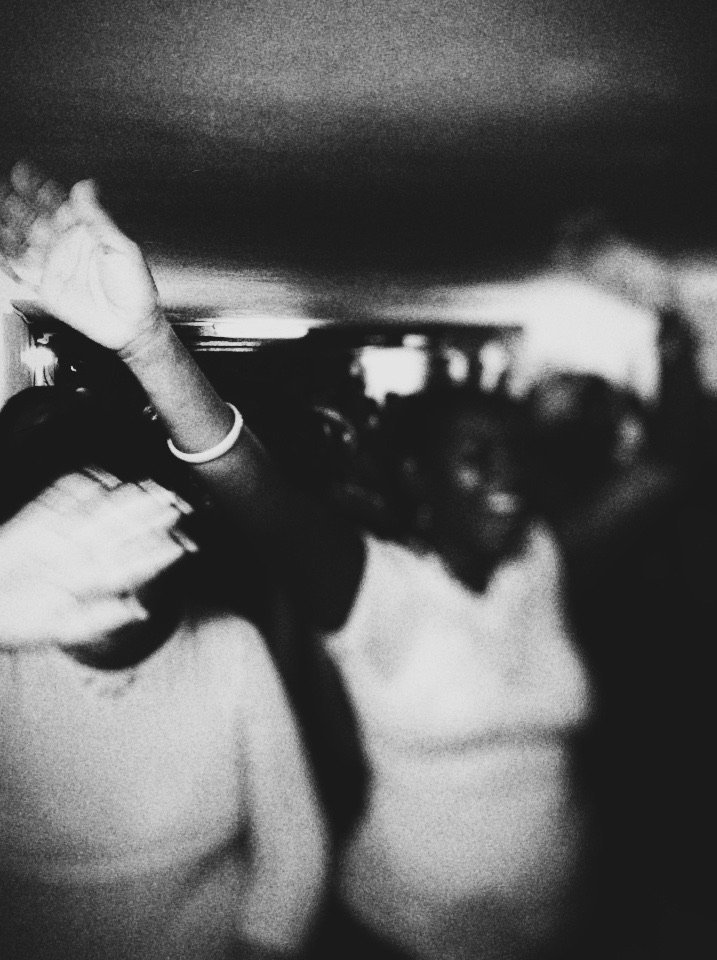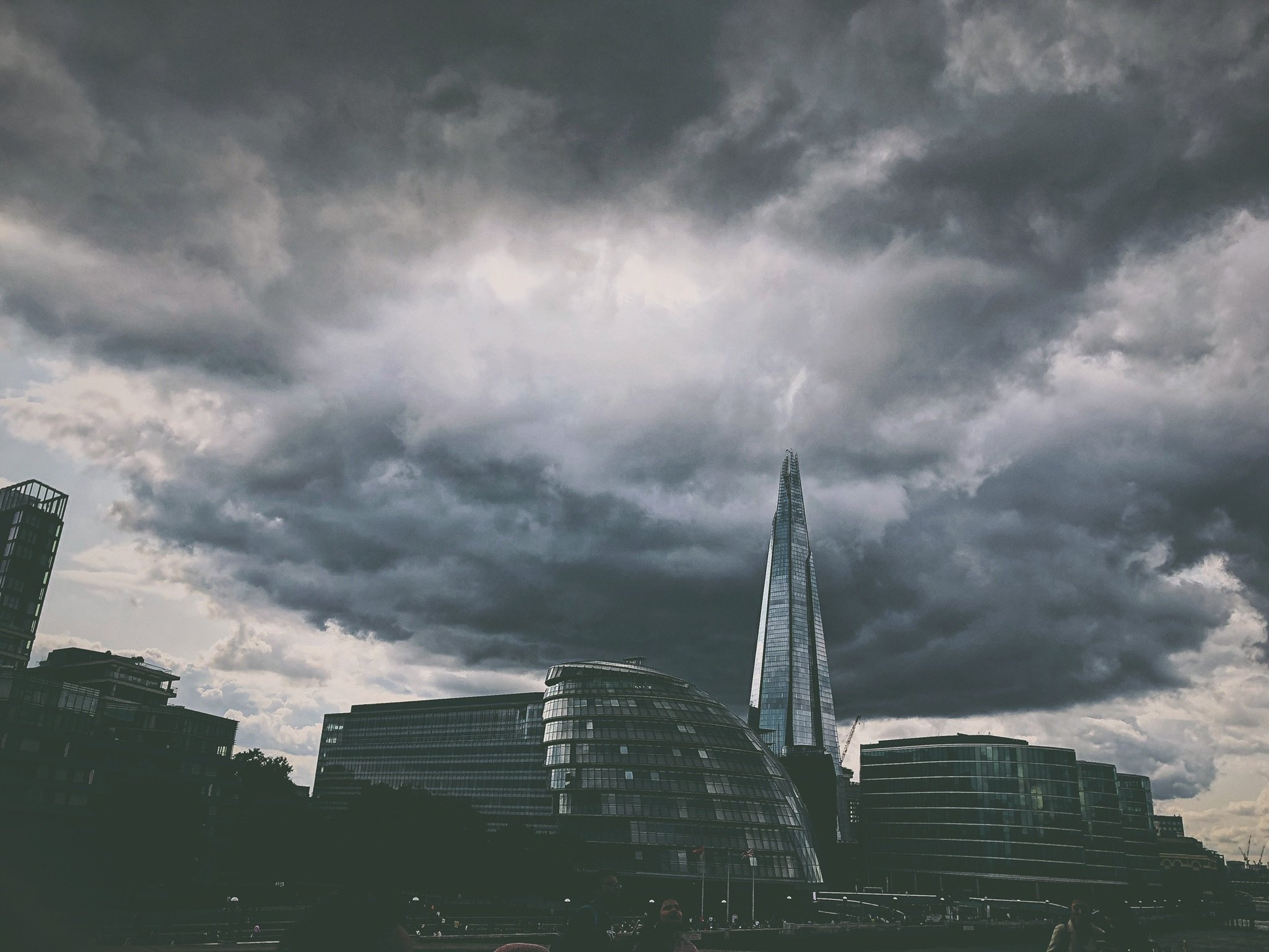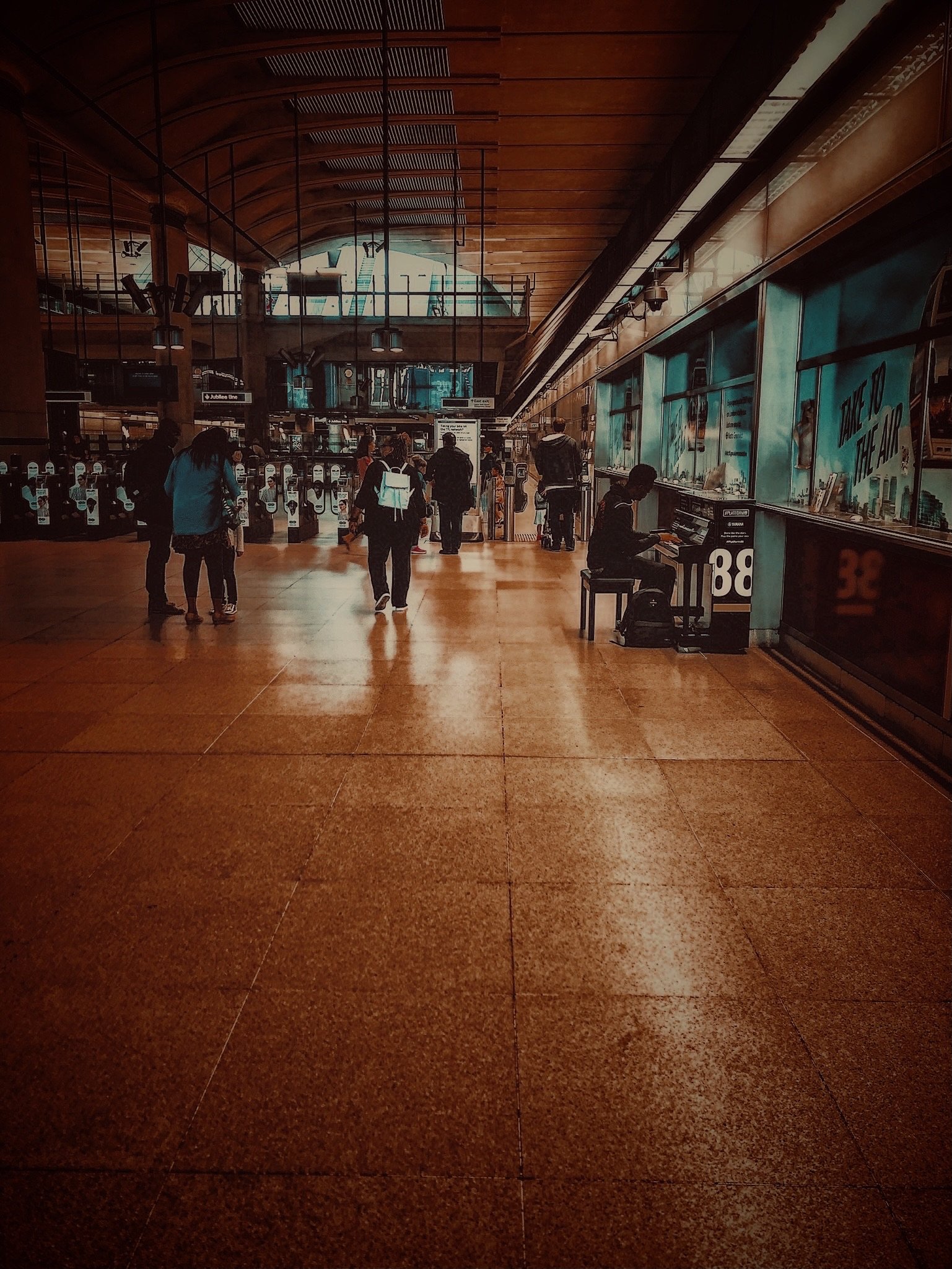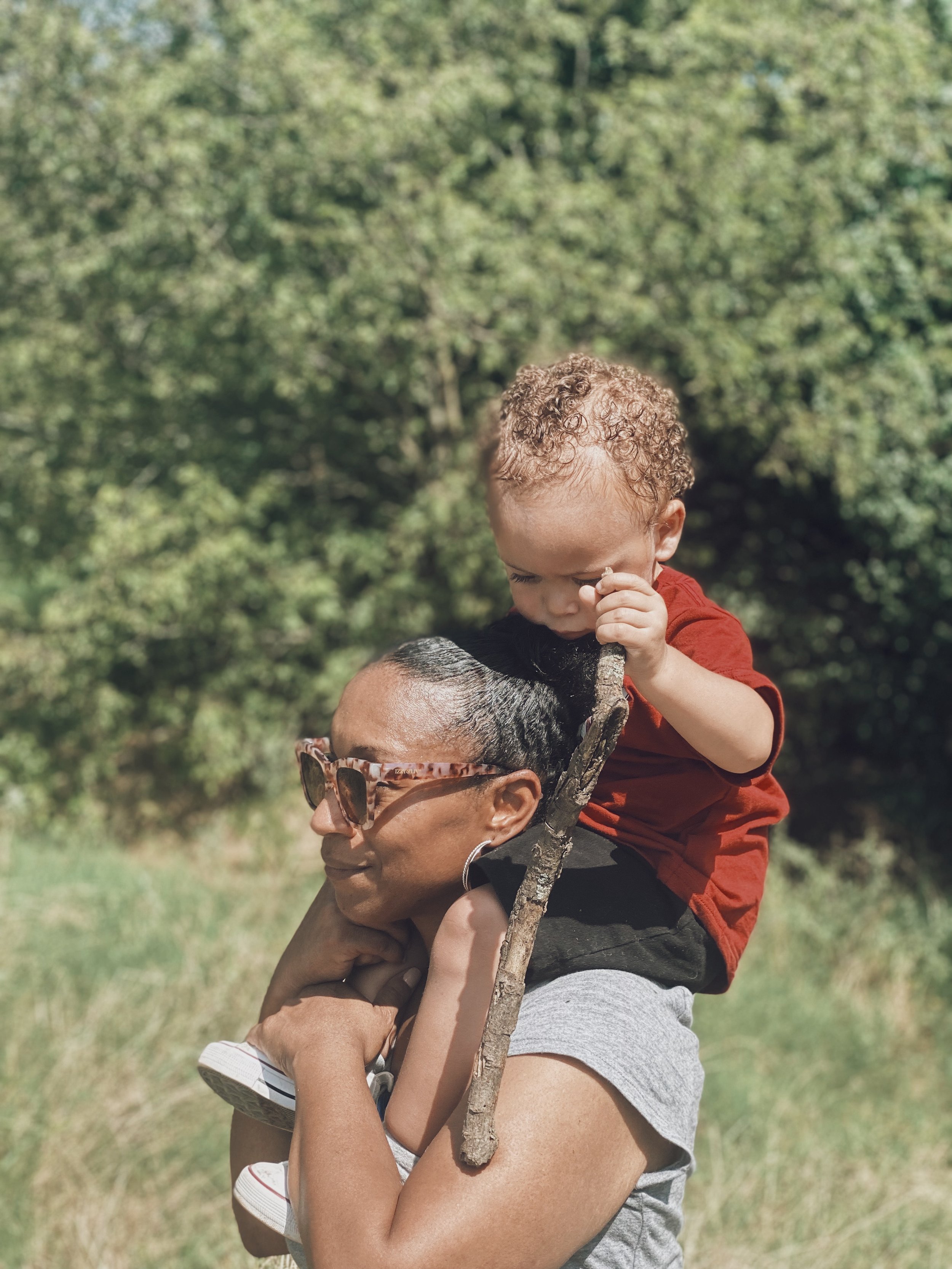Photography Practice
Artist Statement:
I.
My photography began not as an art form, but as a quiet survival instinct—a way to translate the sharp, breathless state of hypervigilance into something slower, softer, almost beautiful.
Complex PTSD reshapes the body’s way of knowing. It teaches you to scan for rupture, to read the air for what others miss. For much of my life, this felt like a curse. But over time—and with the patient work of healing—I’ve come to see it differently: as a kind of sight. A trembling, intuitive way of noticing what lingers in the corners. What flickers. What doesn’t ask to be seen, but still deserves to be held.
The camera became my companion in that noticing. It asked nothing of me but presence. It taught me to tarry.
This body of work is a collection of moments I might have otherwise overlooked: the curve of a shoulder in prayer, the stillness of an empty street, the small and sacred gestures that unfold between people who know each other well. There are no grand declarations here—only offerings. Images that arise from a life shaped by trauma, yes—but also shaped by wonder, by memory, by the haunting fantastic.
The ghosts still visit. But I no longer run. I meet them in the light.
-JHHJr
If you or someone you love is carrying the weight of trauma, you are not alone. Help is available. SAMHSA’s National Helpline is a free, confidential, 24/7, 365-day-a-year treatment and referral service (in English and Spanish) for individuals and families facing mental and/or substance use challenges. Call 1-800-662-HELP (4357).


